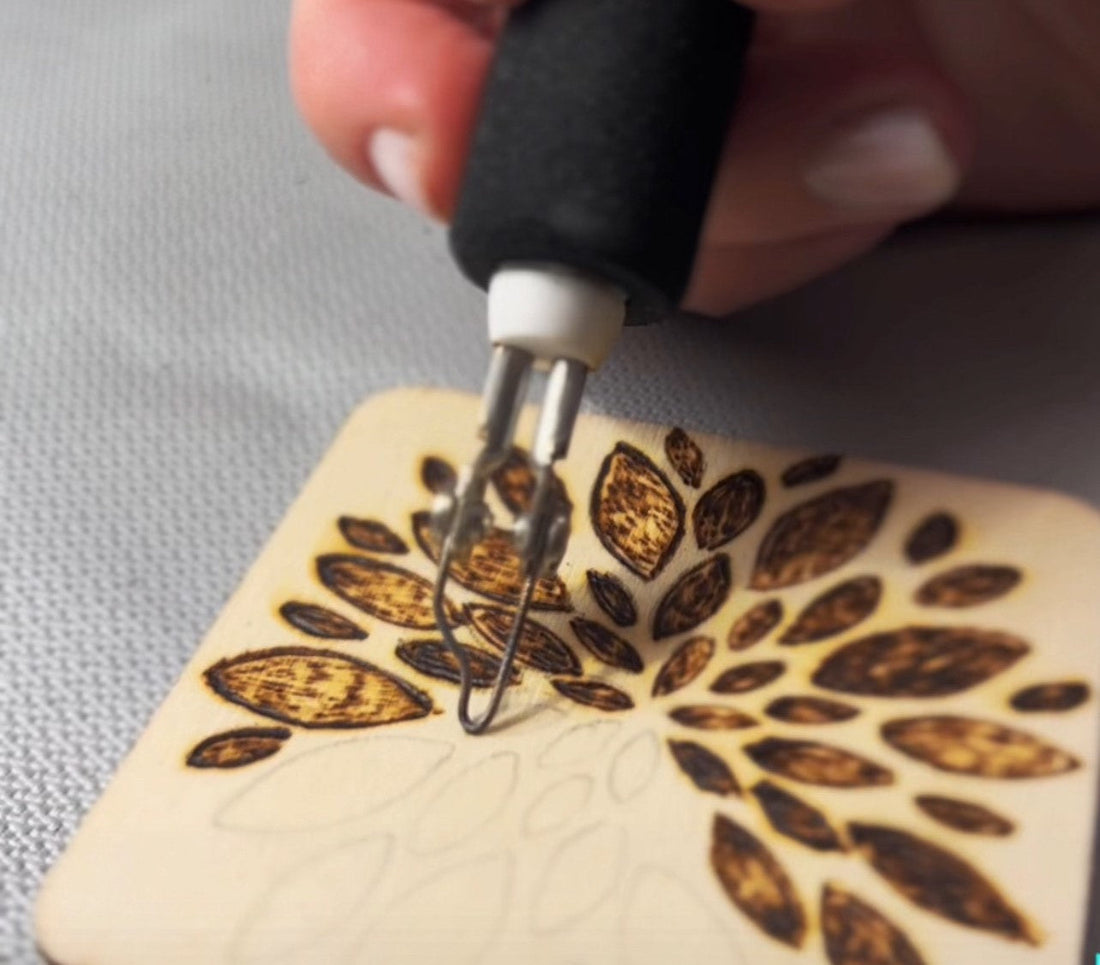
The Timeless Art of Pyrography: A Dance of Fire and Wood
Pyrography, often called the "art of wood burning", is a craft that blends precision, patience, and creativity. Its roots stretch deep into human history, tracing a path across cultures and centuries — a story told in charred lines and smoky patterns.
The word "pyrography" comes from the Greek words *pyr* (fire) and *graphos* (writing), meaning "writing with fire." And that's exactly what it is — the delicate act of using heated tools to burn designs into wood, leather, or other surfaces. Yet beyond the technical definition lies something far more soulful: a connection to ancient artistry that continues to inspire creators today.
Ancient Beginnings: Fire as a Creative Tool
The earliest known instances of pyrography date back thousands of years. In ancient Egypt and Africa, artisans used heated metal rods to etch symbols and images onto wood and leather. These early works were not only decorative but often held spiritual or cultural significance. Indigenous tribes across the Americas also practiced similar techniques, using fire to carve stories and symbols into their tools and ceremonial objects.
In China during the Han Dynasty (206 BC – 220 AD), pyrography flourished as an elevated art form. Craftsmen mastered the technique, creating intricate patterns on bamboo and wooden artifacts. The precision of their work reflected not only technical skill but also a profound respect for nature and the materials they shaped.
The Renaissance of Pyrography in Europe
By the 17th century, pyrography had gained popularity in Europe, particularly among craftsmen seeking to embellish furniture, musical instruments, and household items. This period saw artists combining wood burning with painting, resulting in rich, textured works that blended fire’s intensity with delicate artistic expression.
In Victorian England, pyrography became a fashionable pastime. Artists used specialized heated tools to burn elaborate floral designs, portraits, and patterns onto wooden boxes, picture frames, and furniture. This period introduced pyrography kits, allowing everyday people to explore the craft from their homes.
Modern Revival: Pyrography as Contemporary Art
Today, pyrography is experiencing a renaissance. Modern tools provide precision control, allowing artists to create intricate portraits, landscapes, and abstract designs with remarkable detail. Some artists use shading techniques to create depth, blending light and dark tones much like a painter does with a brush.
What makes pyrography special is its raw, organic nature. Each burn mark is permanent, each stroke shaped by fire’s unpredictable nature. The scent of smoldering wood lingers as the artist works — a reminder that this is not just drawing; it’s creation through controlled destruction.
The Heart of Pyrography: Patience and Passion
Pyrography is more than technique — it's a meditation in focus. Each stroke demands patience, as mistakes are unforgiving. Yet therein lies its beauty. Every burn tells a story — a moment in time scorched into wood, preserving the artist’s touch long after the embers cool.
From ancient artisans to modern creatives, pyrography stands as a testament to humanity’s enduring desire to tell stories — not just with ink or paint, but with the fire that has warmed us, lit our paths, and inspired our art since the beginning of time.
